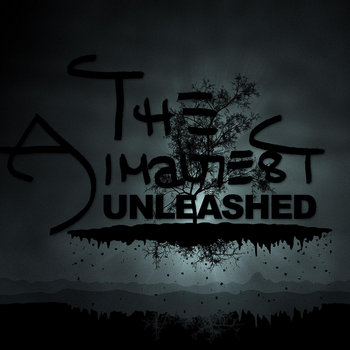
Written by Jody Dunitz — Digital Music News and Mark Mulligan reported that Spotify paid the three major labels “MINIMUM GUARANTEES” equal to $144 million for just one three-month period in 2016. That’s in addition to the basic royalties paid to the labels.
That $144 million equates to an extra 12% share of Spotify’s revenue – above the labels’ 55% base royalty rate.
Mulligan explains why this payment is significant to the labels:
“They get streaming revenue regardless of how well the marketplace actually performs … If the music service wins, the label wins, if the music service loses, the label still wins.”Guess who doesn’t win?
This financial analysis shines a bright spotlight on several issues swirling around song royalties.
Spotify doesn’t pay “minimum guarantees” to the publishers. That’s why the publishers are desperate for Direct Licensing. They want some of this action too.
But, very little of that cash would flow down to the songwriters – no matter how much the publishers vow to do so.
Advances and guarantees could only be shared on some retroactive, pro-rata basis, analyzing the number of streams per writer relative to all streams reported to the publisher for the period. It’s very hard to do properly. It’s tedious to do for those songwriters whose share might be just a few dollars. The publishers won’t do it. They’ll keep the cash and that’ll be nice for them.
It’s not even clear that Spotify could come up with more cash to pay publishers such guarantees. Total royalty (and guarantee) payments already account for 82% of revenue. The well is dry.
Song rates are low because payments to the labels are high. If just the cash used to pay Minimum Guarantees was redirected to songs, song rates could significantly increase — from the current rate of 15% to 27%.
Low song rates are the legacy of yesterday’s label economics – when the labels paid all the costs and bore all the risks.
When physical records were made and distributed, song rights (mechanical royalties) were a label’s cost of doing business. Songs were an expense component just like cassette tape, discs, artwork, album jackets, distribution centers, marketing, and advertising.
Today, there are no manufacturing plants or tapes or discs or packages. Today, the labels are not the distributors. Mechanicals are not a label cost in the streaming world.
So why are song rates stuck at relative values that reflect an ancient cost chain?
Because the labels like it like that.
Click here to read from this article's source.












































